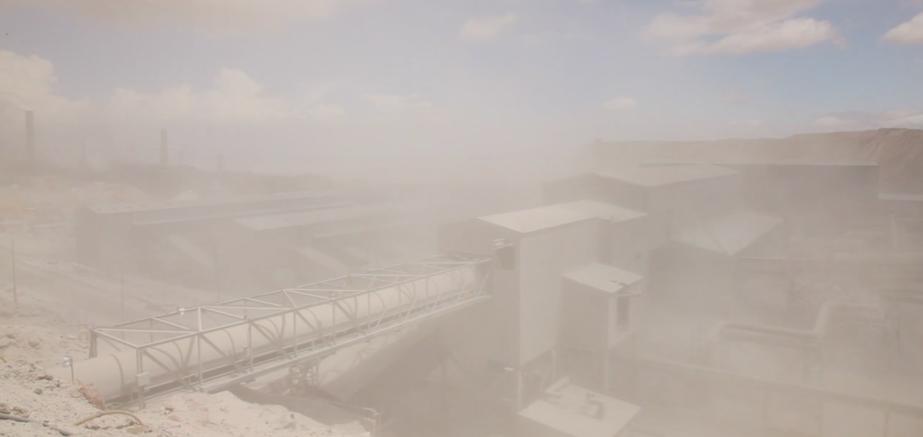Chile-based ennomotive recently launched an open innovation challenge to look for IoT solutions to monitor dust contamination in “extreme work environments” like mining.
During this process, 43 applications – including companies, scholars, freelancers, and employees from other companies – participated in the challenge. Six startups from France, India, Argentina, Chile, and Indonesia also proposed an adaptation of their technologies.
As ennomotive explained, there are already some devices in the market specifically designed to monitor air quality in urban settings, but they only measure low level dust concentrations. “The sensors in these devices are not robust enough to operate under extreme industrial conditions since they get dirty very easily, collapse, stop measuring, and need constant maintenance.
“Extreme work environments need easy-to-install and autonomous devices that can measure PM10 particles and 50 mg/m3 concentrations. The minimum number of particles must be 500 mg/m3 and maximum 200 mg/m3.”
IoT devices are an able alternative to solve this problem, ennomotive says, with industrial IoT devices safer, more robust, and reliable for extreme environments (high temperatures, powerful vibrations, dust, humidity, corrosion, wear, etc).
ennomotive said the open innovation challenge ruled out existing commercial solutions due to their lack of robustness (too sensitive to endure extreme environments), reliability (high failure probability for some components) or precision (indirect measuring).
As part of the challenge, three solutions were selected with the following technologies:
- Autonomous laser interferometer technology with a sensor-cleaning system and Edge computing for local alert-management data processing;
- Combination of LED sensor and broadband photodetectors, and automatic calibration of the receive paths with mathematical processing; and
- The development of a new sensor based on light scattering: an Arduino board converts the measurements into intensity relations and sends them to a central server as concentrations.
The first three prototypes were evaluated on site according to measurement quality, maintenance, autonomy, data transmission, etc. The result was a more robust prototype that combined the strengths of the three previous technologies, ennomotive said.
Thanks to the challenge, it was possible to design and evaluate different technologies, prototype, and test in a record time of five months, ennomotive said. “Open innovation has proven to be a very efficient tool to accelerate the development of new products.”
To read more about the winners, follow these links below:
https://www.ennomotive.com/power-consumption-optimization-iot/
https://www.ennomotive.com/artificial-intelligence-industry/











